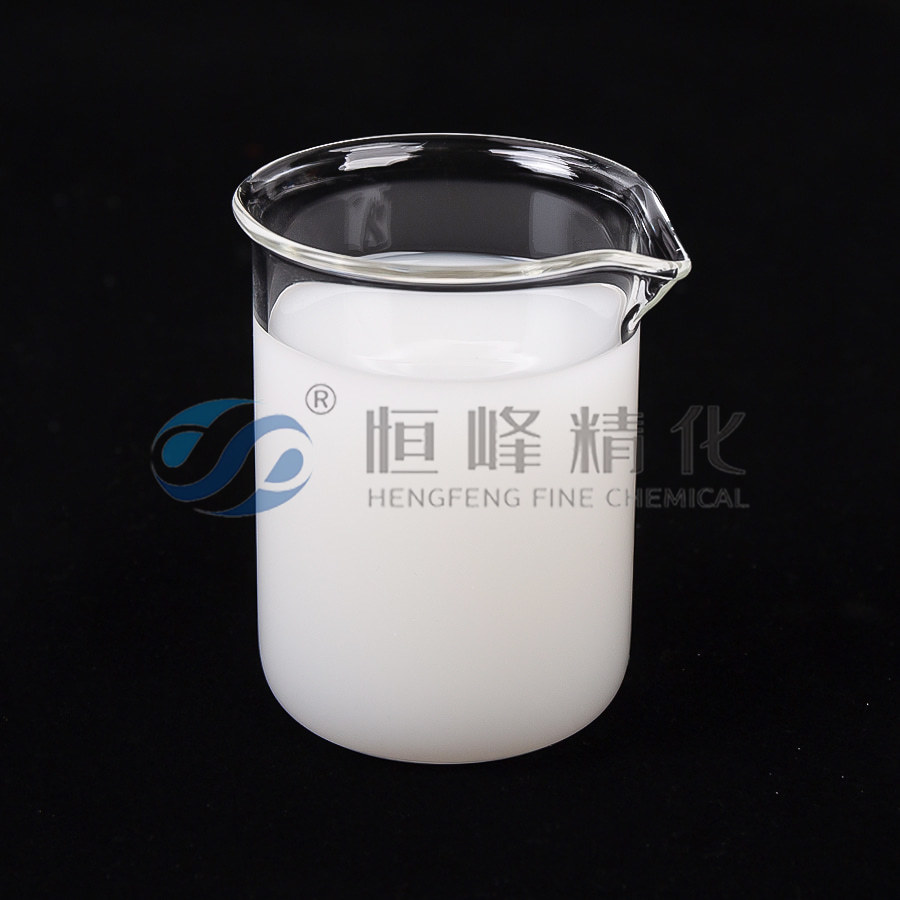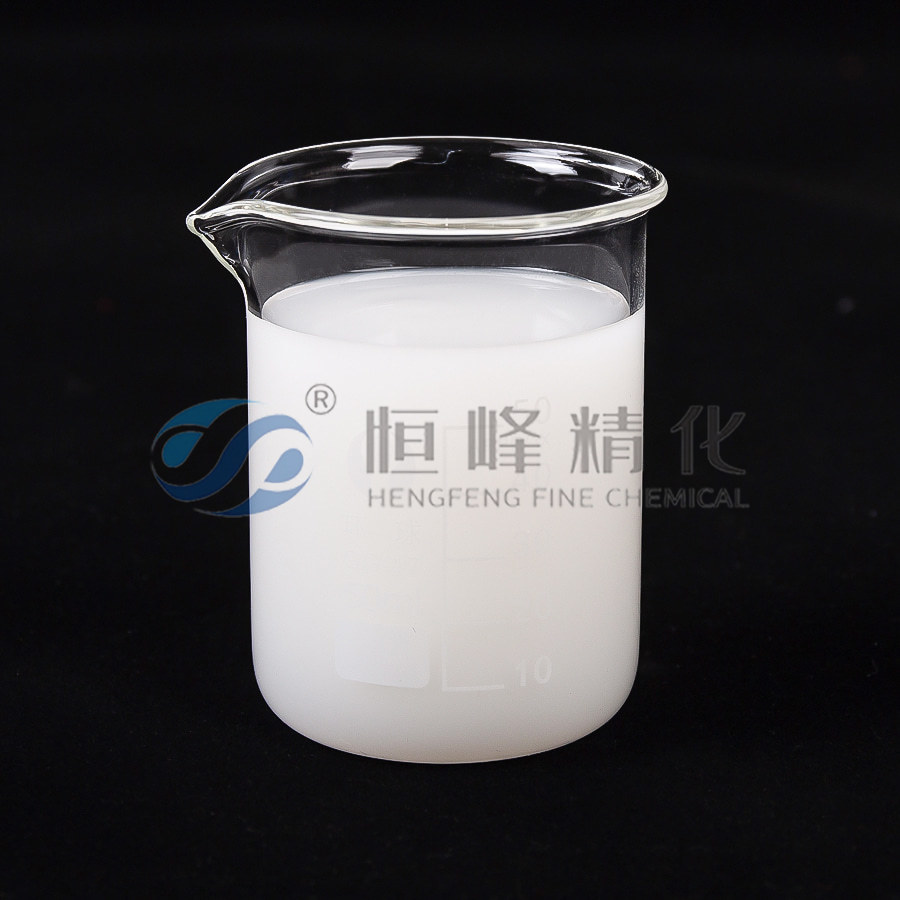How does the cost of implementing polyacrylamide treatment in underground mining operations compare to alternative water treatment methods or technologies?
In the vast world of underground mining, every decision counts – especially when it comes to water treatment. It's not just about adhering to regulations; it's about safeguarding the environment, maximizing productivity, and ensuring the bottom line stays healthy. Among the arsenal of water treatment methods, polyacrylamide (PAM) stands out, offering a promising solution. But how does its cost stack up against alternatives? Let's dive in.
Picture this: a bustling sand mine deep below the surface. Water treatment is essential, but where should the investment go? PAM treatment might seem like a wise choice, but is it the most cost-effective?
Initial Investment: First up, the upfront costs. Installing Mining Polyacrylamide treatment systems requires investment in equipment, chemicals, and infrastructure. But compared to alternatives like settling tanks or filtration systems, the initial capital outlay for PAM treatment could be lower.
Operational Expenses: Now, let's talk ongoing costs. Maintenance, chemical replenishment, labor – they all add up. PAM treatment may offer savings here, especially if it requires less frequent maintenance or chemical replacement compared to other methods.


Space and Infrastructure: Underground mines have limited space. PAM treatment systems could be more compact, saving on construction and land use costs. Plus, their versatility might mean they can adapt to the unique challenges of underground environments more effectively.
Efficiency and Effectiveness: The real kicker – does PAM treatment get the job done? Efficiency matters. PAM treatment might offer superior water clarity and contaminant removal, leading to higher yields and reduced environmental impact. But we need to weigh this against the effectiveness of alternative methods in achieving similar results.
Environmental Considerations: Ah, the elephant in the room. What's the environmental impact? PAM treatment might score points for its conservation of water and compliance with regulations. Yet, we must compare this against the potential risks and long-term effects of alternative methods on underground ecosystems.
Regulatory Compliance: Speaking of regulations, are we ticking all the boxes? Mining Polyacrylamide treatment might align well with regulatory requirements, but so do other methods. It's crucial to ensure compliance while also considering the broader environmental implications.
Long-Term Costs and Benefits: Finally, let's zoom out. What's the big picture? We need to assess the lifecycle costs and benefits of PAM treatment against alternatives over the mine's operational lifespan. This includes durability, reliability, and adaptability to changing conditions.
In the end, there's no one-size-fits-all answer. It's about finding the right balance between cost, effectiveness, and environmental impact. PAM treatment might offer promising benefits, but it's essential to weigh these against the alternatives and the specific needs of each underground mining operation.
So, how does the cost of implementing polyacrylamide treatment in underground mining operations compare to alternative water treatment methods or technologies? The answer lies in careful consideration, thorough analysis, and a commitment to sustainable mining practices.


 English
English Español
Español عربى
عربى Русский
Русский Tiếng Việt
Tiếng Việt
















